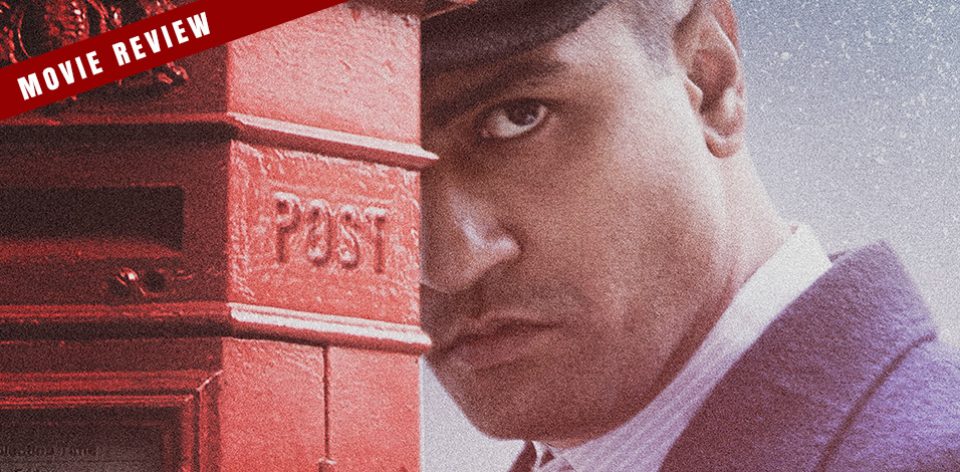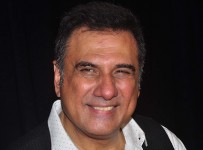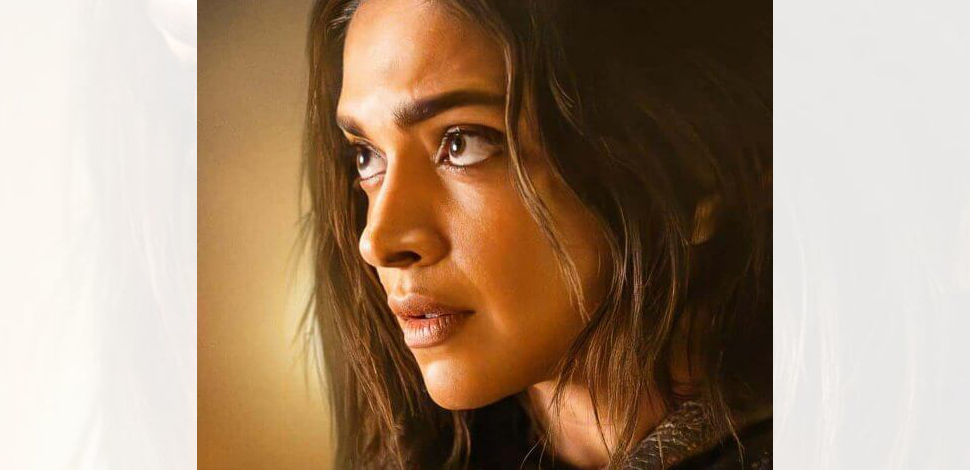It is said that the trade secret behind Coca-Cola is known to only two people on earth. If there’s any such trade secret responsible for Amazon’s brilliant curation of Indian content, I genuinely hope someone is keeping it safe with all their might. This time around, I am talking about Shoojit Sircar’s film Sardar Udham.
Sardar Udham is an Indian biographical historical drama that chronicles the life story of Indian revolutionary Udham Singh (Vicky Kaushal), who is known for assassinating Michael O’Dwyer in Caxton Hall London to avenge the 1919 Jallianwala Bagh massacre in Amritsar, India.
Before I dive deep into my analysis, I think it is essential to understand the background of Udham Singh to appreciate the artistry that has gone behind the making of the film. The idea of the film had originated in 1999 when director Shoojit Sircar and producer Ronnie Lahiri were discussing making a film around the 1919 Jallianwala Bagh massacre. It was during their research that they identified the Indian revolutionary Udham Singh. However, not much was written about him as it was only in 1996 that the British Public Records Office had agreed to release all the documents surrounding his role in Indian history. Thus, the creators began researching the character and were able to weave an intricate story that falls between the cusp of fiction and real-life inspiration. Additionally, the role was offered to Late Irrfan Khan first. However, he declined due to his deteriorating health.
Shooting a period biopic is a challenging task. However, when the film has impeccable technicians and artists working on it, the same challenge catapults the film and metamorphosizes itself into cinema that can’t be forgotten. That’s precisely what has happened with Sardar Udham.
Production design by Dmitriy Malich and Mansi Dhruv Mehta has left no stone unturned when transporting the film to the early 1900s. Every framing of the screen is immaculately designed by these two talented artists. Complementing the production design is Avik Mukhopadhyay’s cinematography. Mukhopadhyay, who is Sircar’s go-to cinematographer, has shown us why he is one of the most capable camerapersons out there. The visual grammar of this film renders a rustic tone to itself that lends authenticity to the film. In the UK, the rustic style is seen with the tinge of a grey background. However, when it comes to scenes in Punjab, we see the hint of sepia that enhances the audience experience. I also want to give a shout-out to Pradip Jadhav for his artistic design.
I think it is fair to say that this is one of the finest performances we have seen by Vicky Kaushal. If Uri made him a star, Udham Singh puts him in the league of one of the finest actors we have. As the film is portrayed from 1919 to 1940, Kaushal adapts to the character and its growth like a chameleon. From a lanky 20-year old to a grown man with a vengeance in his art, Kaushal gives a holistic performance not only with his dialogue but also his body language that speaks volumes. I also liked the performance of Amol Parashar, who plays the role of Bhagat Singh. Even though Parashar has very little screen time, he delivers it as a breath of fresh air, and you get an idea of what Bharat Singh’s character would be like.
In past films that have had foreign actors, we are often left with the feeling that we wish they weren’t caricaturish. Not in this film! Shaun Scott as Michael O’Dwyer, Andrew Havill as General Reginald Dyer, and Stephen Hogan as Detective Inspector Swain have played their roles to such perfection that it is one of the under-appreciated reasons as to why one would start to appreciate this film.
I don’t think I can ever do justice to the brilliance of the man himself – Shoojit Sircar. To undertake research of a less-known albeit important historical person and ensure it gets reflected on the screen by adding the right level of rationality is a nuance that most directors are not capable of. The film doesn’t show us two events in isolation, i.e., the Jallianwala Bagh massacre and the Caxton Hall shooting. The film also progresses organically while giving us a glimpse of the entire world’s turmoil. In some scenes, we overhear the news in which Hitler’s strategy is announced. In another scene, we see a group of Irish Republican Army (IRA) being shot down by the Britishers. It is these details that make me marvel at the grand vision that Shoojit Sircar has impeccably delivered.
We have seen many patriotic films that have relied heavily on jingoism and chest-thumping and I have loved those films. From Rang De Basanti to Uri. However, Sardar Udham delivers the same patriotic feeling with a tinge of realism that resonates with the character. Let me reframe, Uri made me jump on my feet and inculcated a sense of patriotism in my heart. However, Sardar Udham forced me to step into the shoes of the character that made me understand what the protagonist felt and why he did what he did. And I believe most biopics should aim to achieve the latter.
Now, this is where I may have an unpopular opinion. The 1919 Jallianwala Bagh massacre is one of the most unfortunate events that has scarred world history (not just Indian history). There is no right rationale under the sun that would justify this massacre. However, I want to appreciate Shoojit Sircar’s effort in helping us understand why Michael O’Dwyer and General Reginald Dyer carried out this horrific act. Rather than terming these characters as pure evil, the film showcases how they were blindsided by their patriotism towards imperialism. I think that’s a step in the progressive direction of telling a story from the world cinema’s point of view.
The film’s non-linear sequence and its duration are something that I thought could be tweaked. However, when you have such cinema in front of you, I don’t think these two aspects will deter you from marveling at this piece of art and appreciating Amazon Studios for giving us yet another piece of Indian content that we can appreciate and enjoy with family.
Reviewed by Puneet Ruparel





